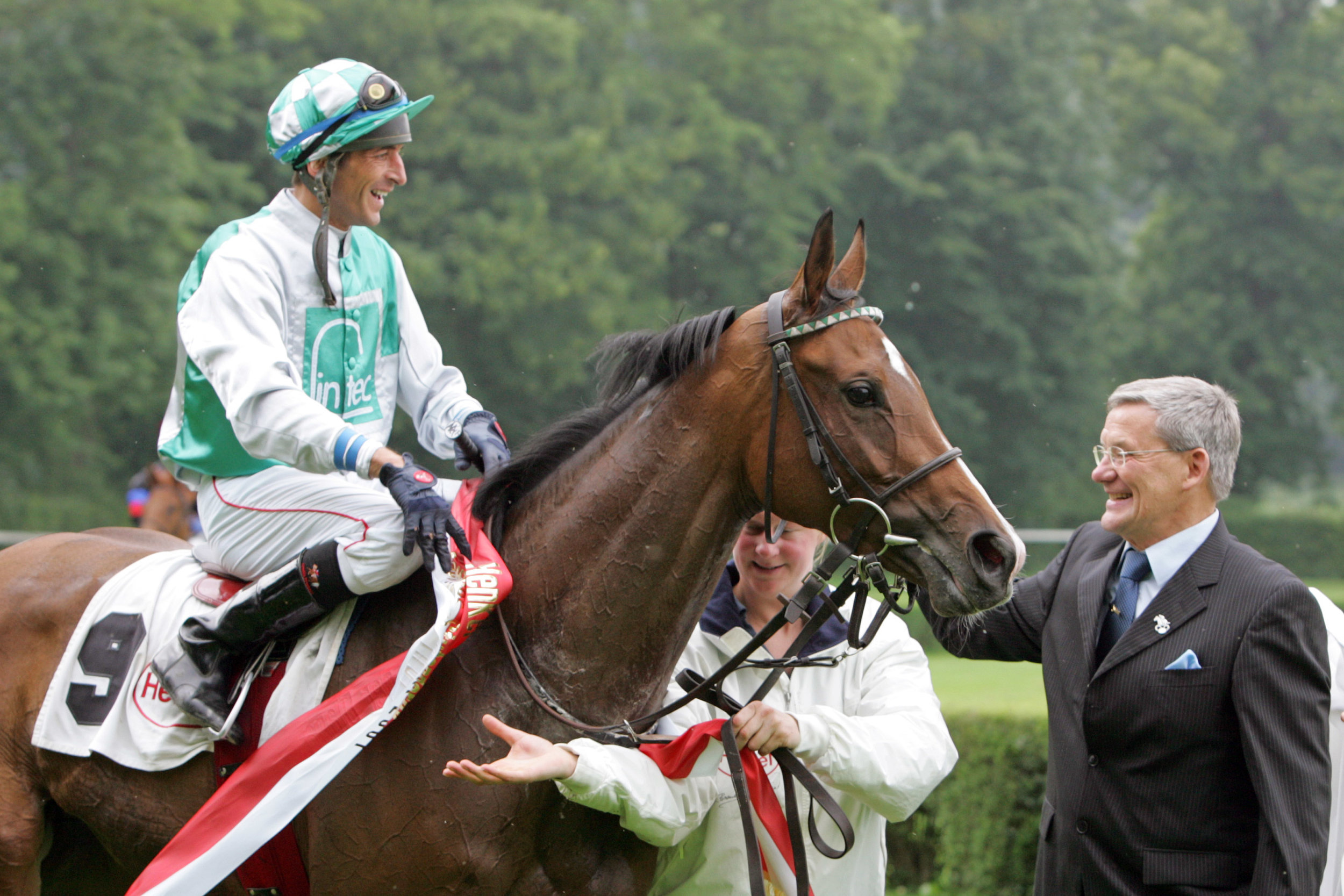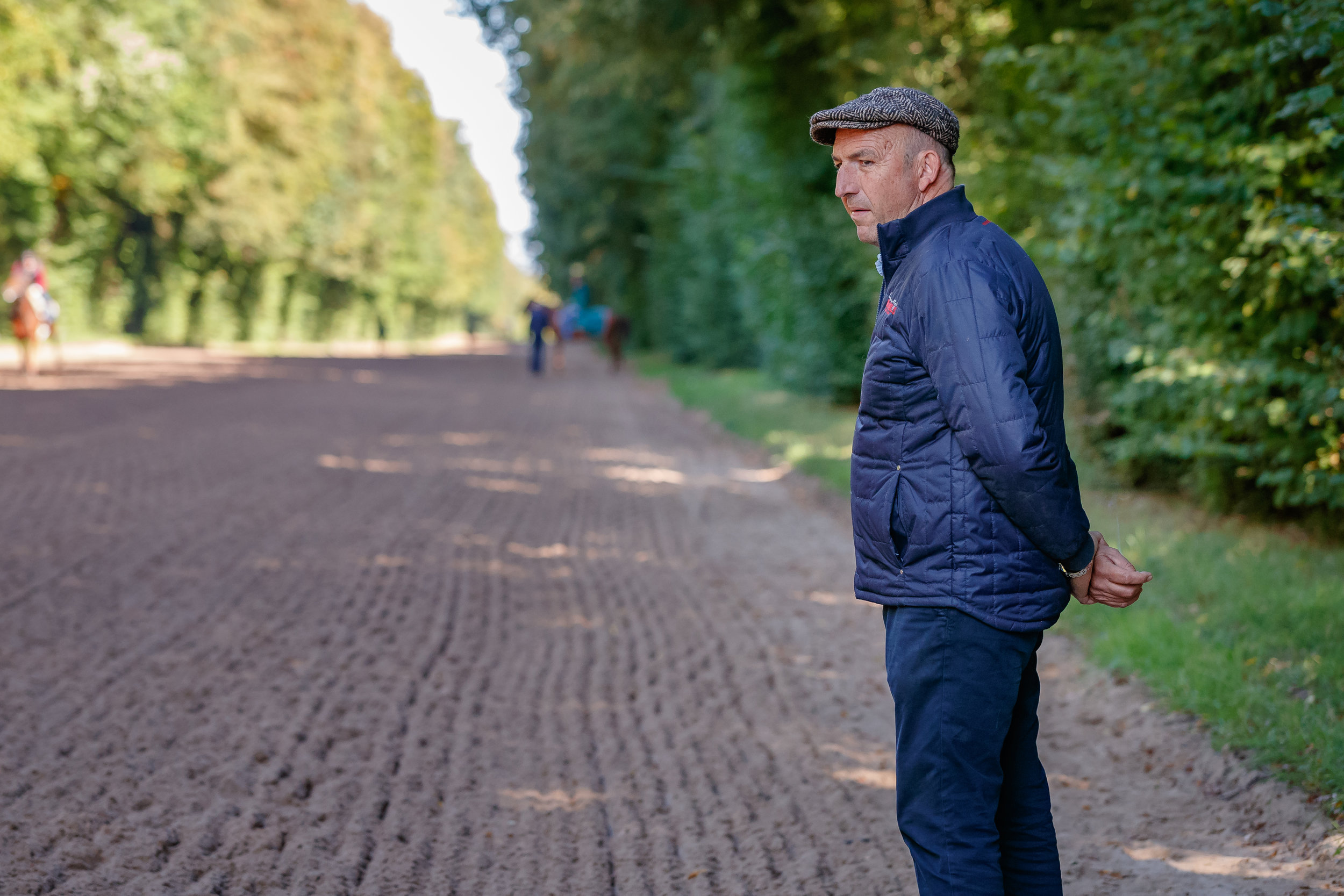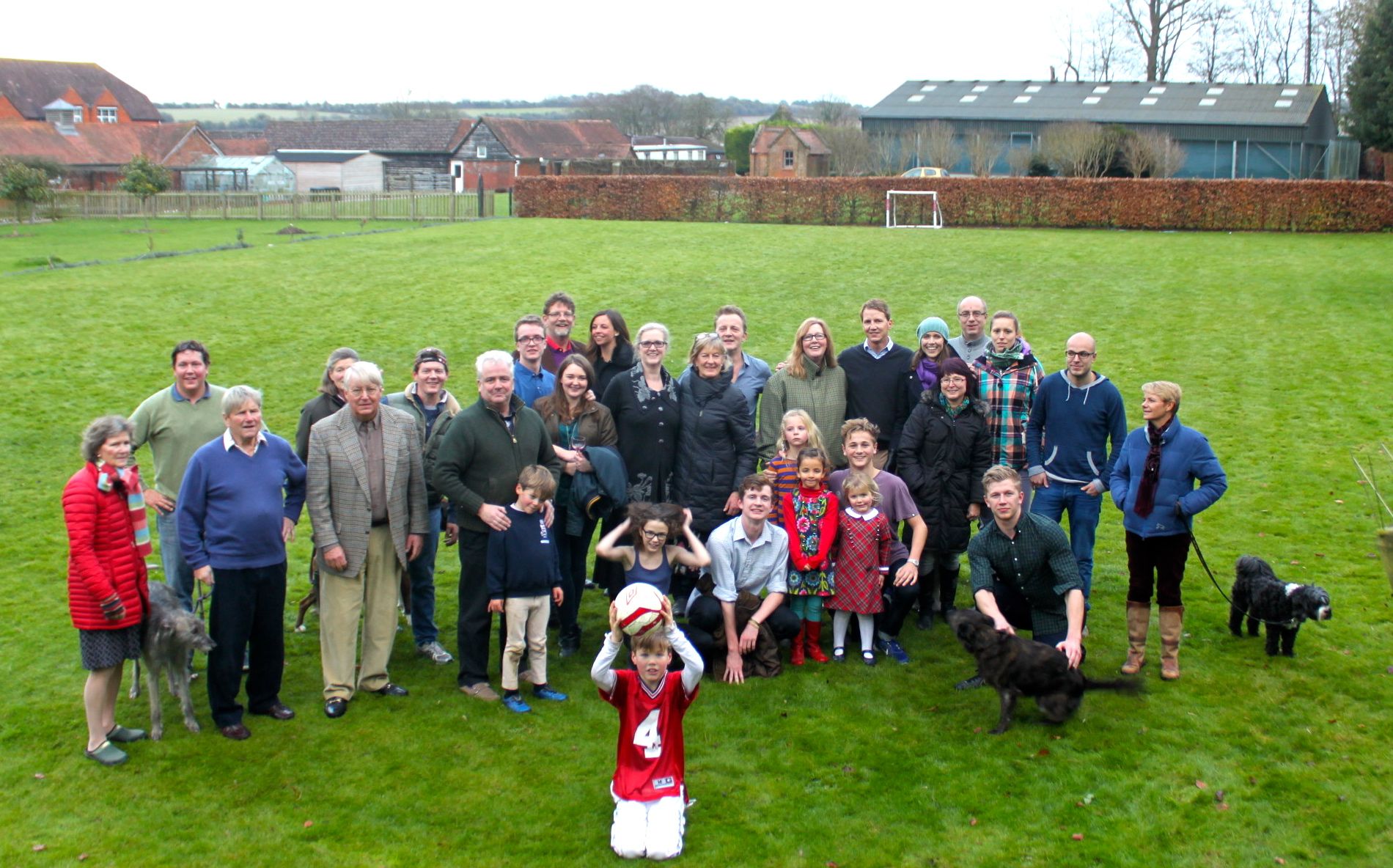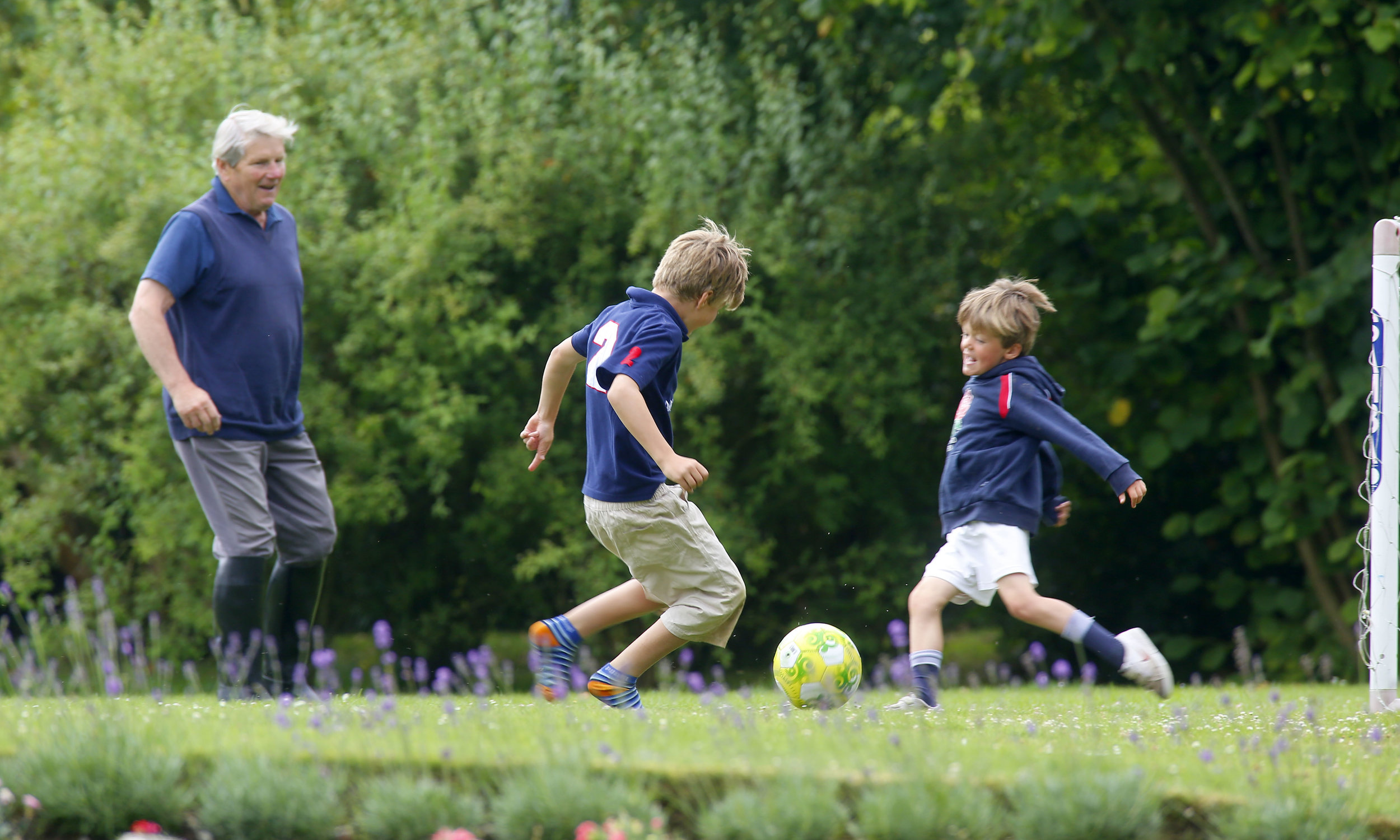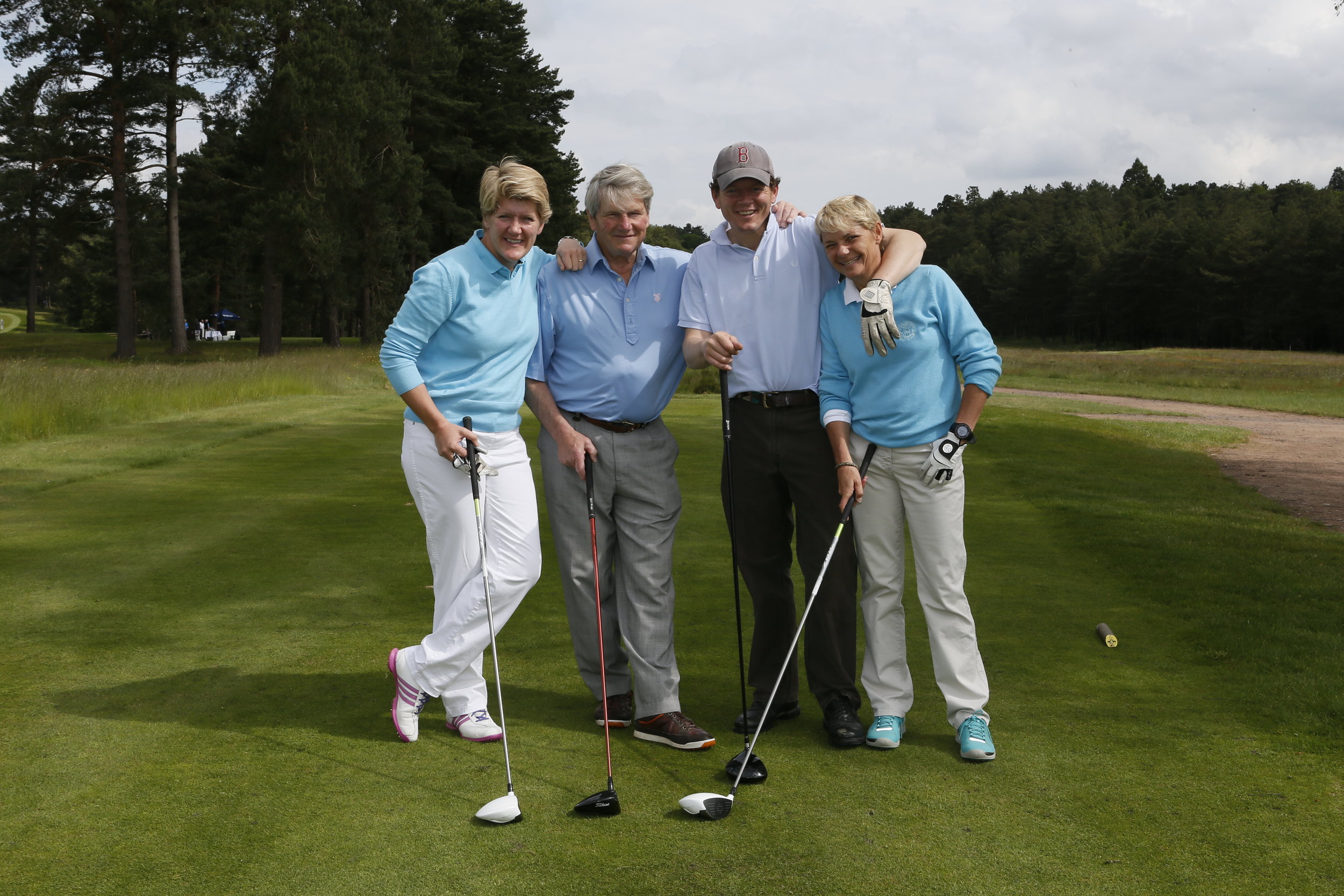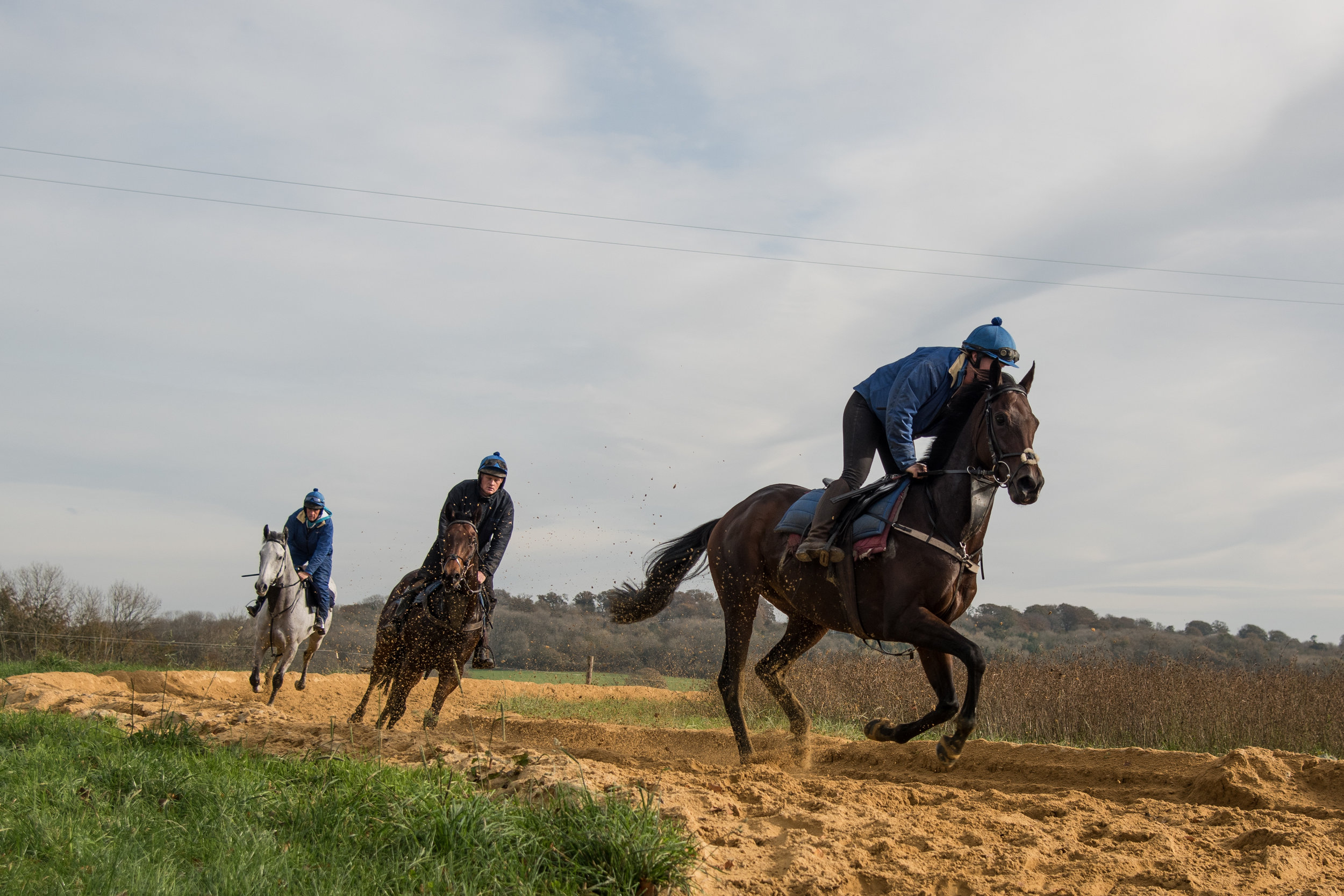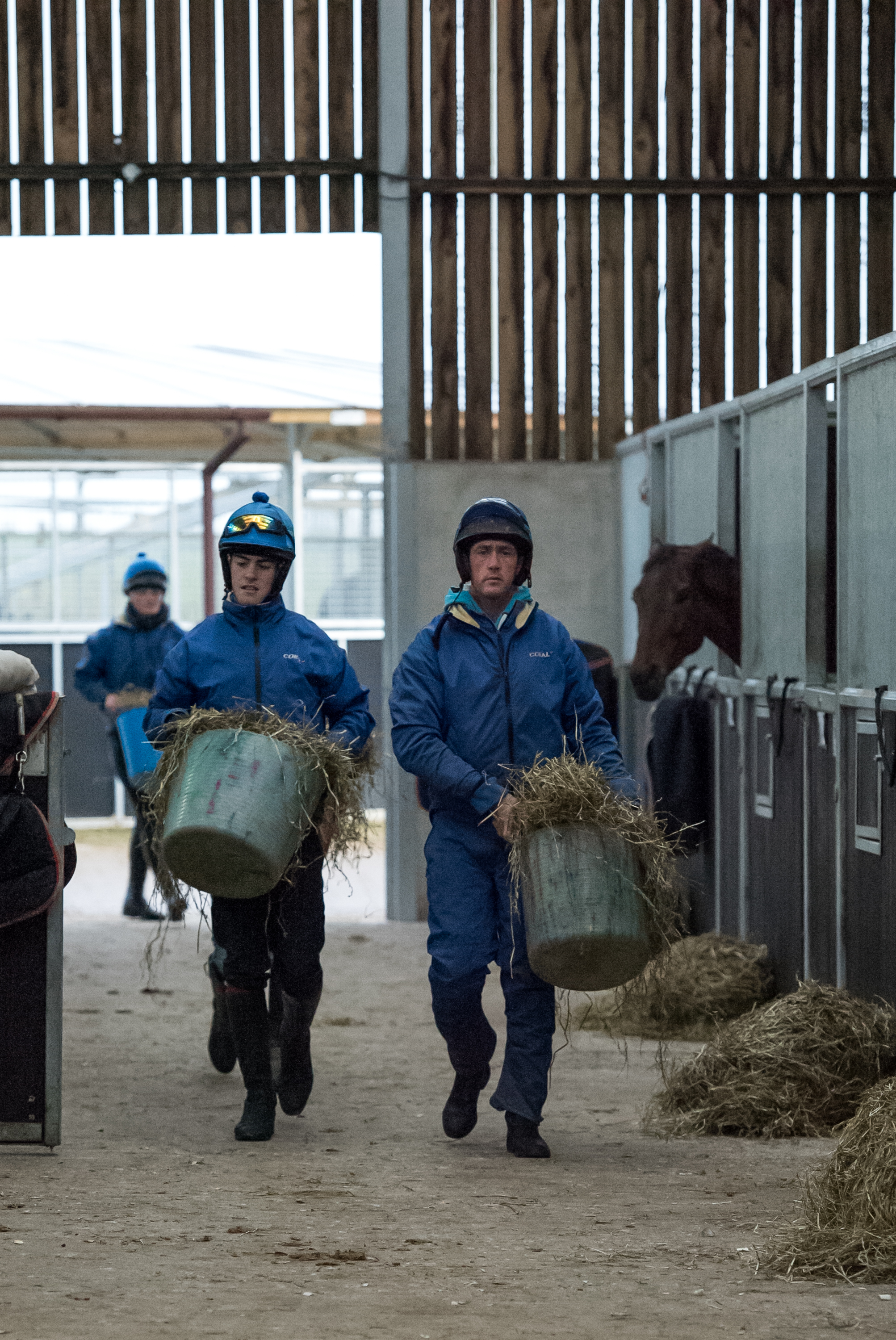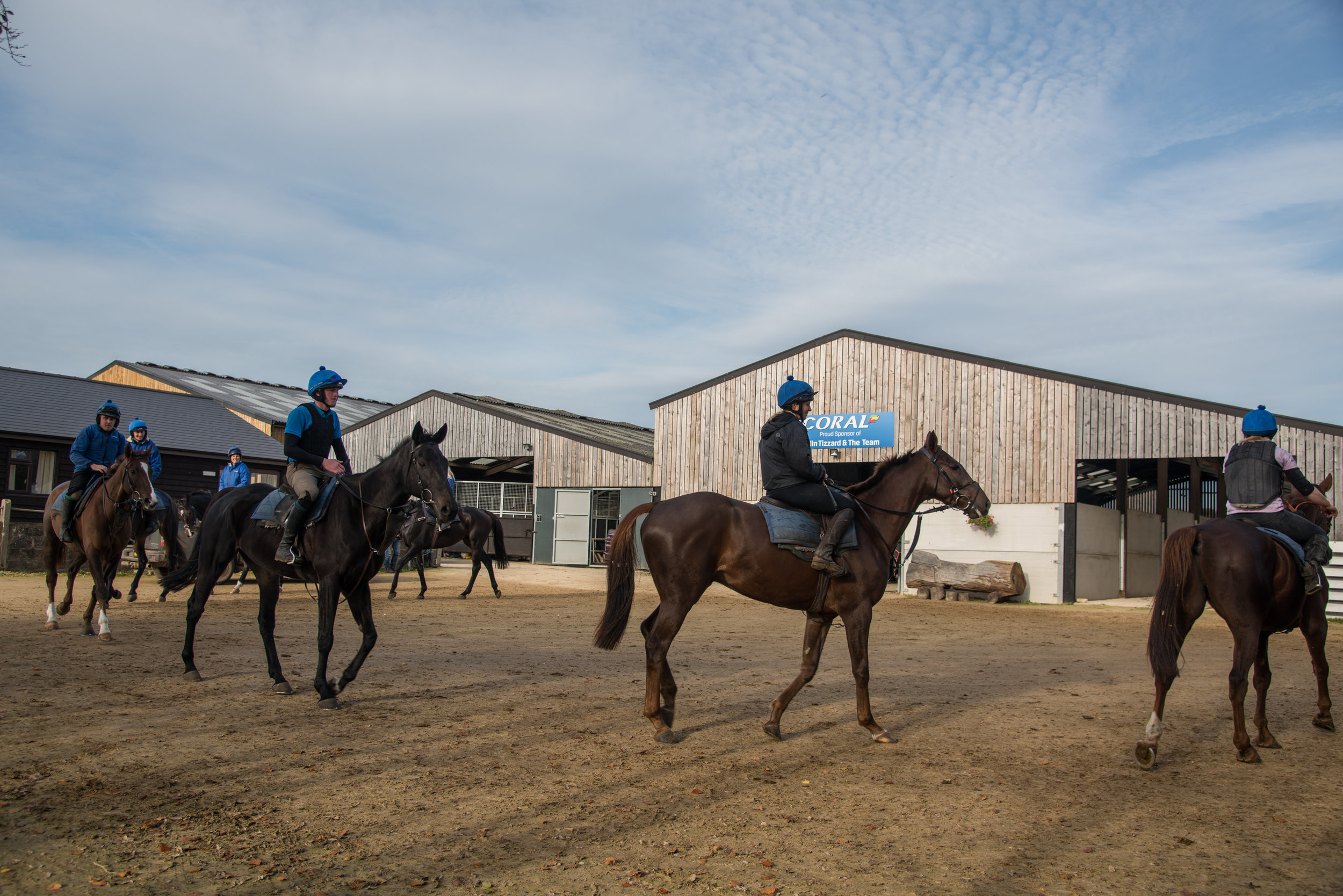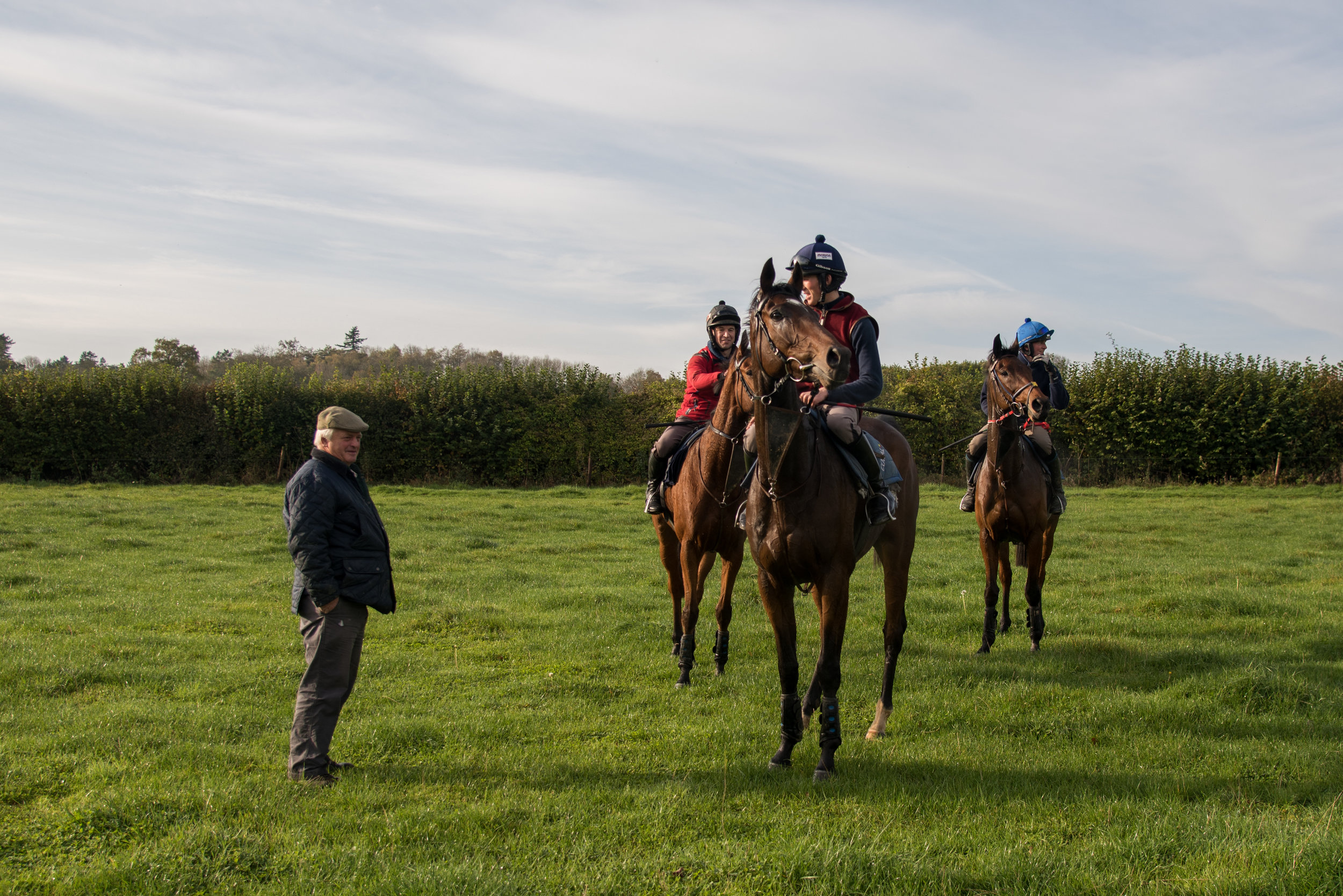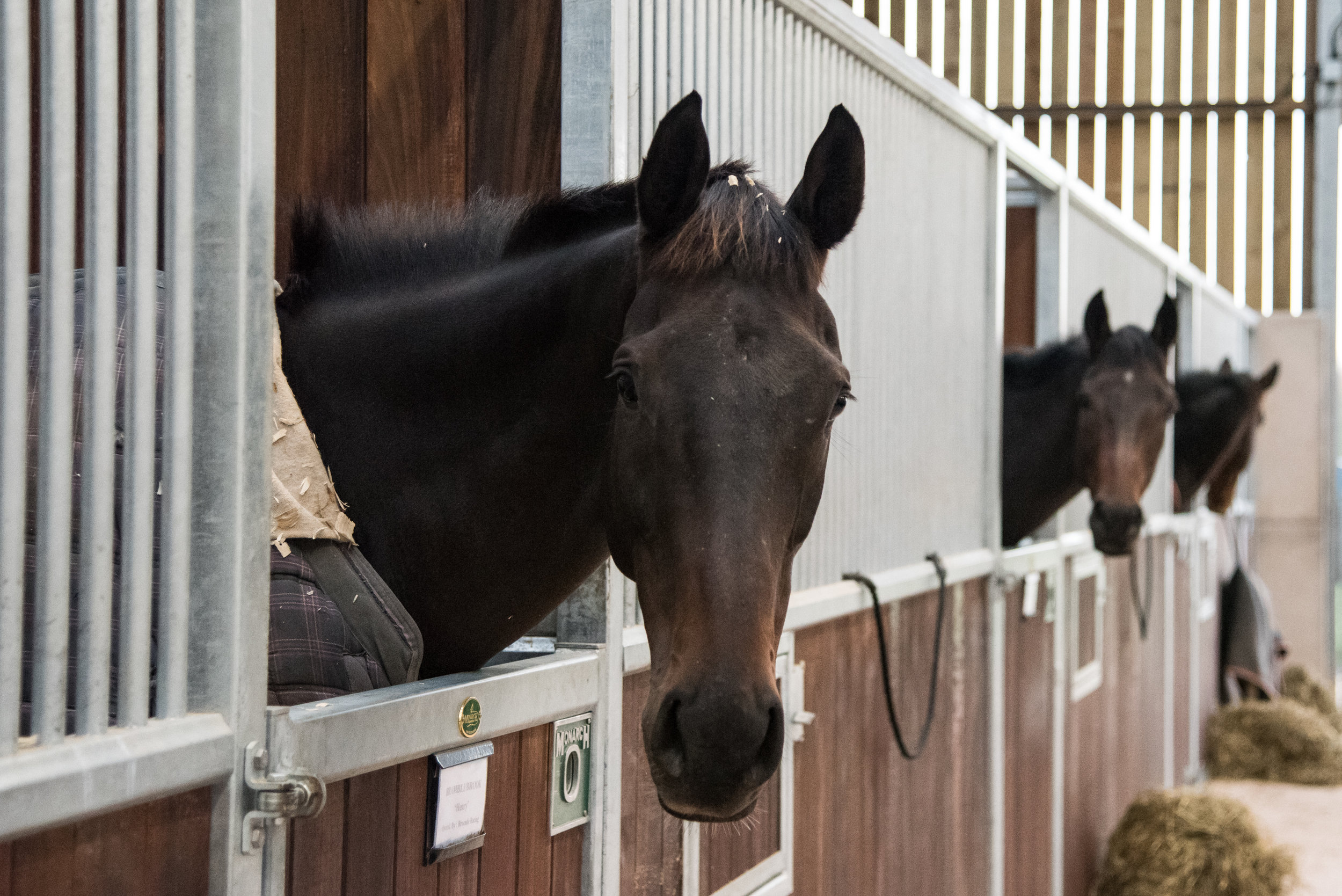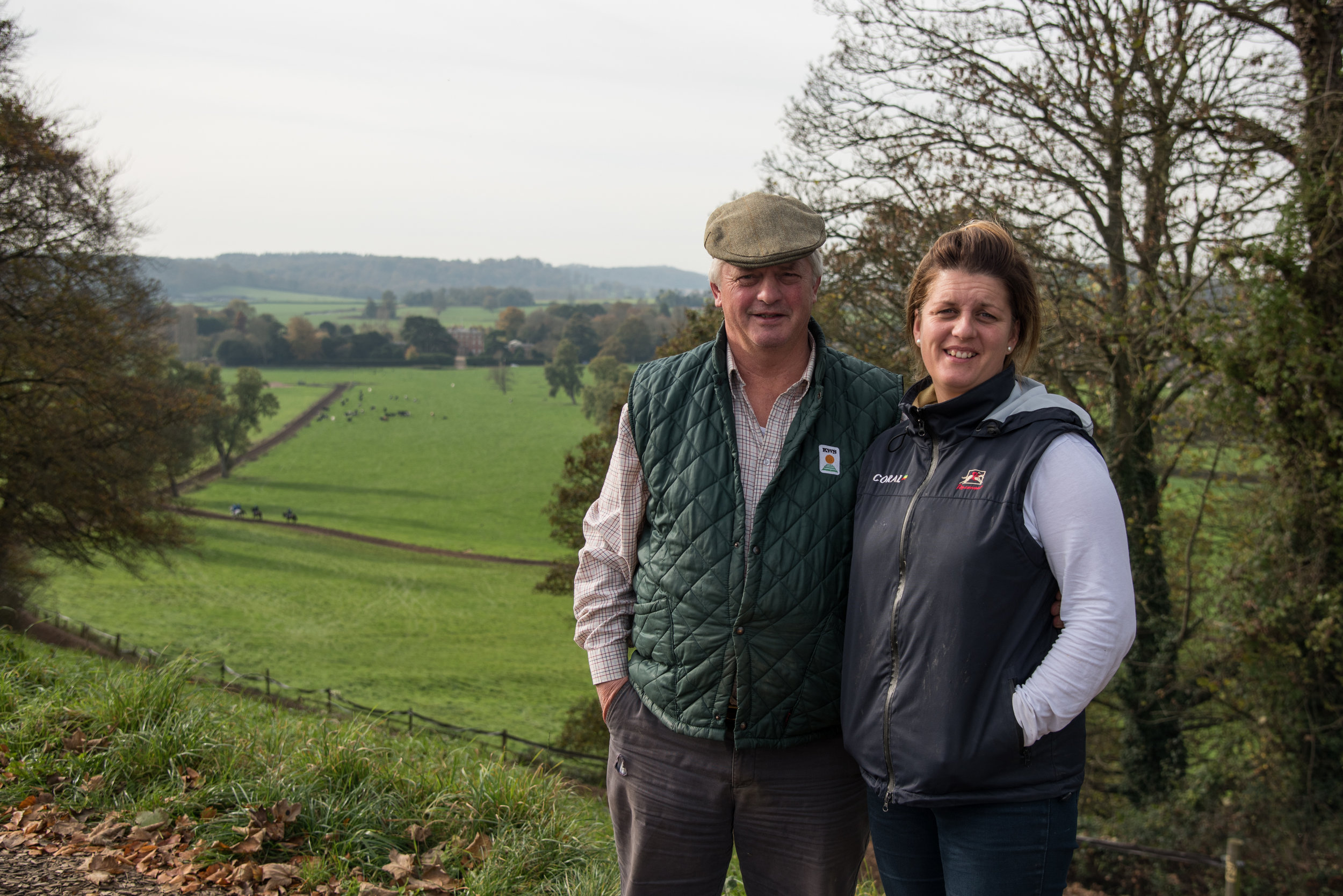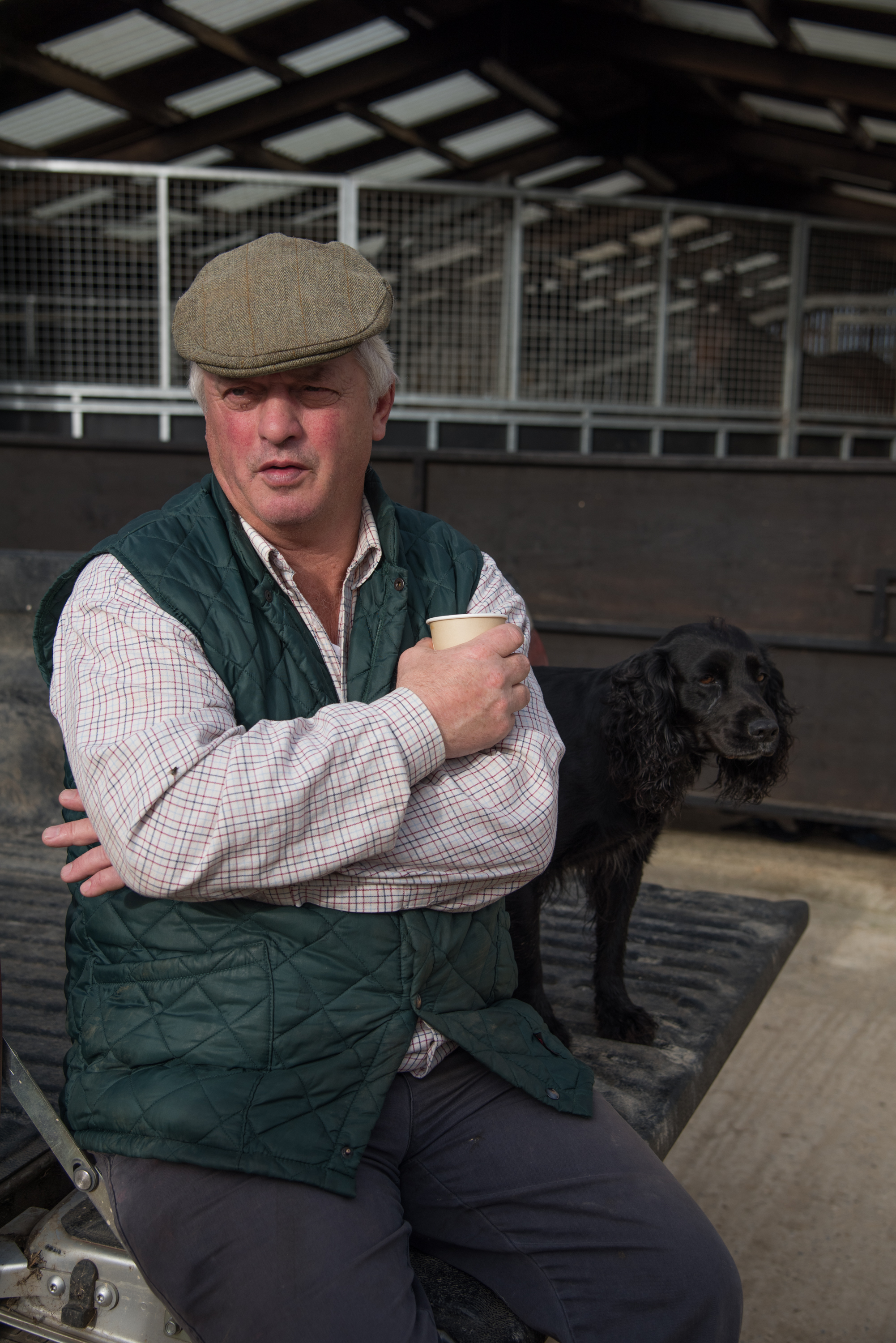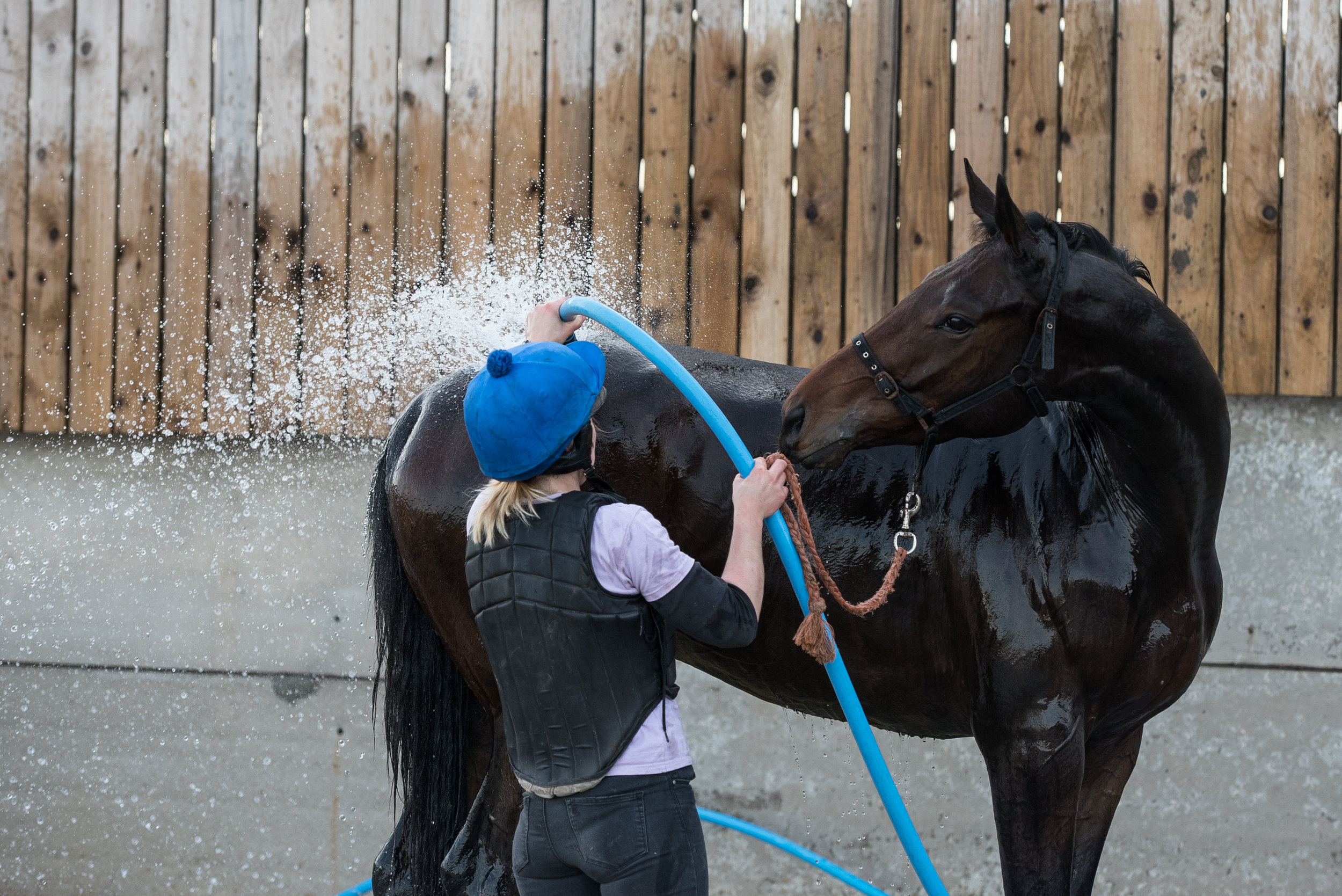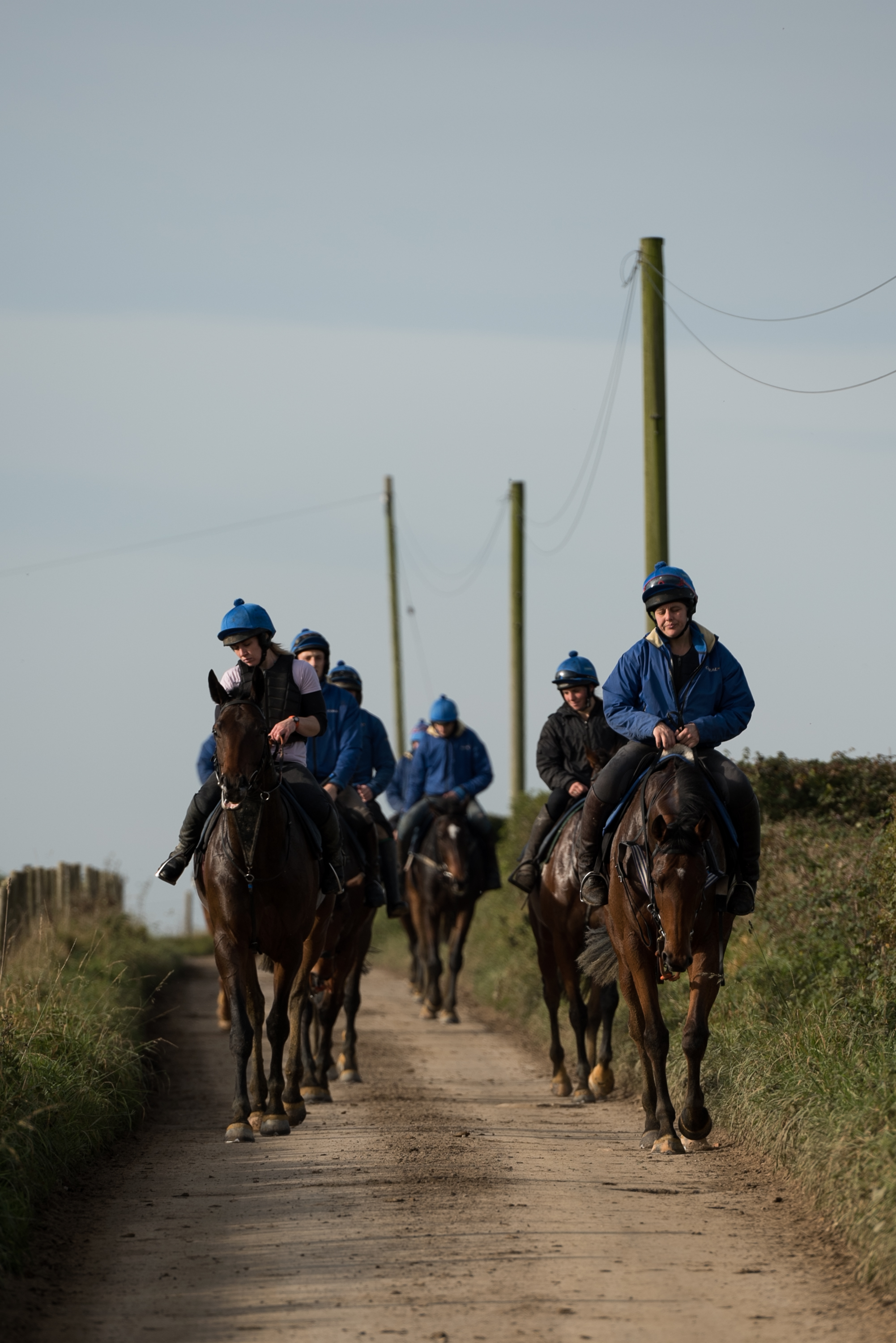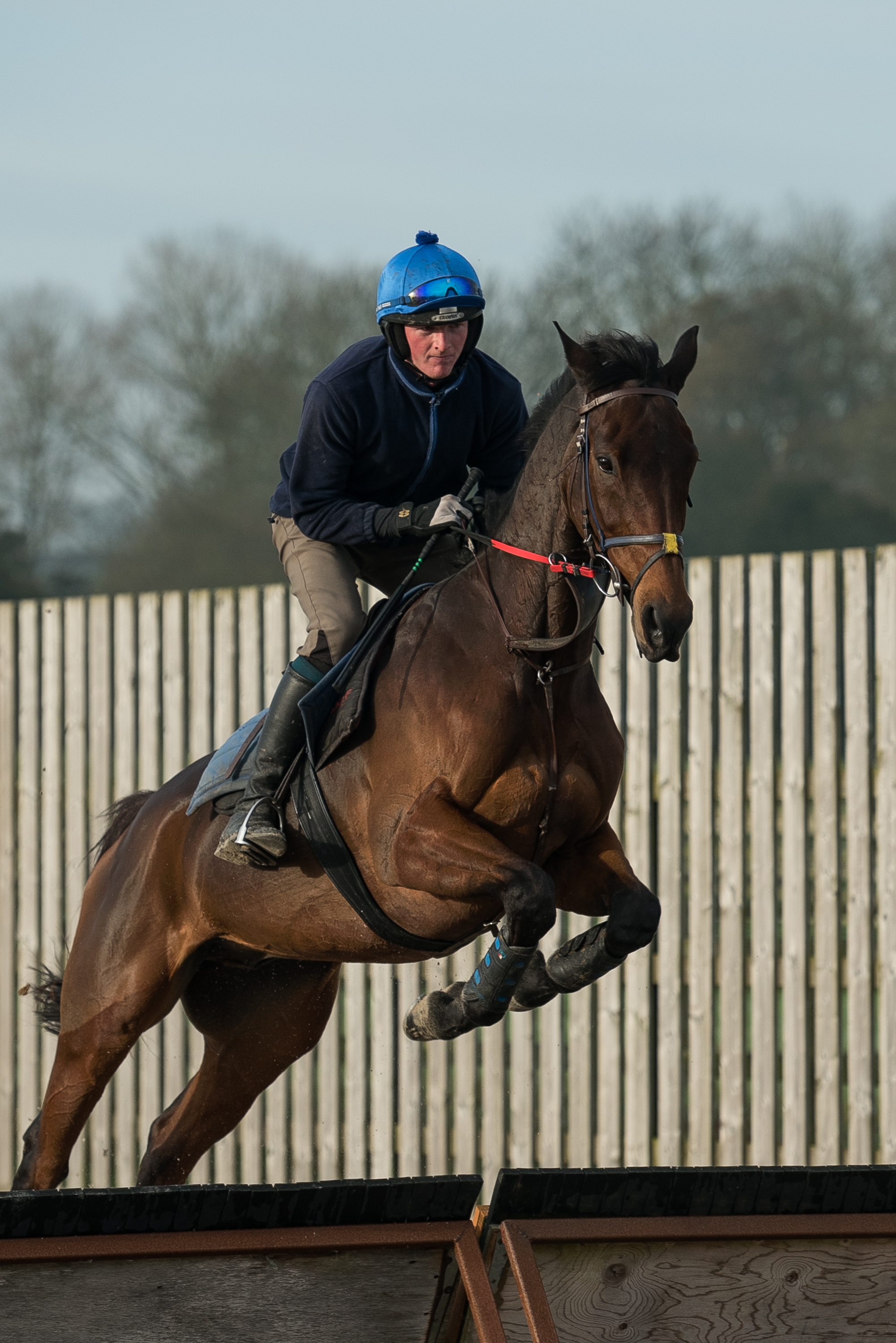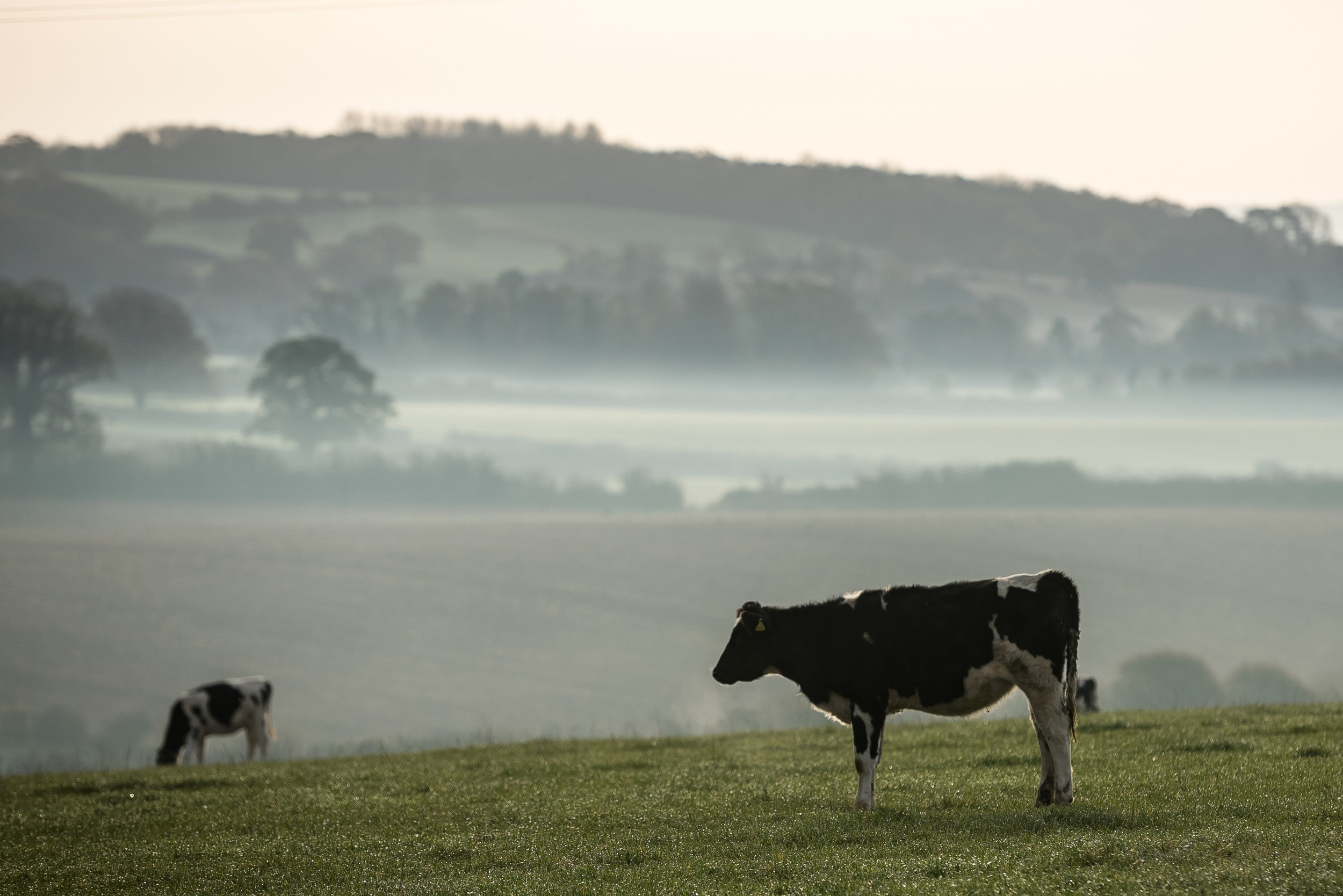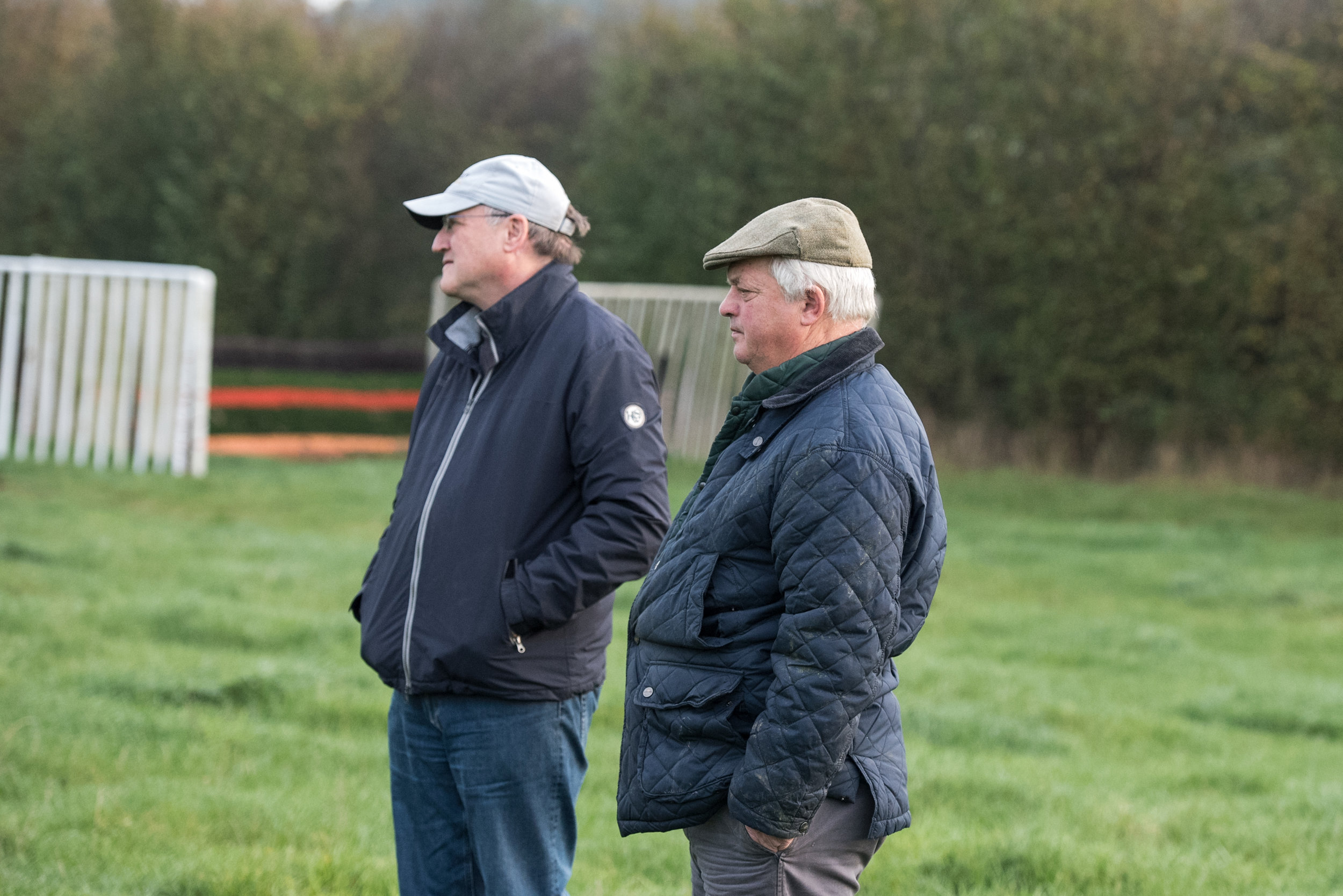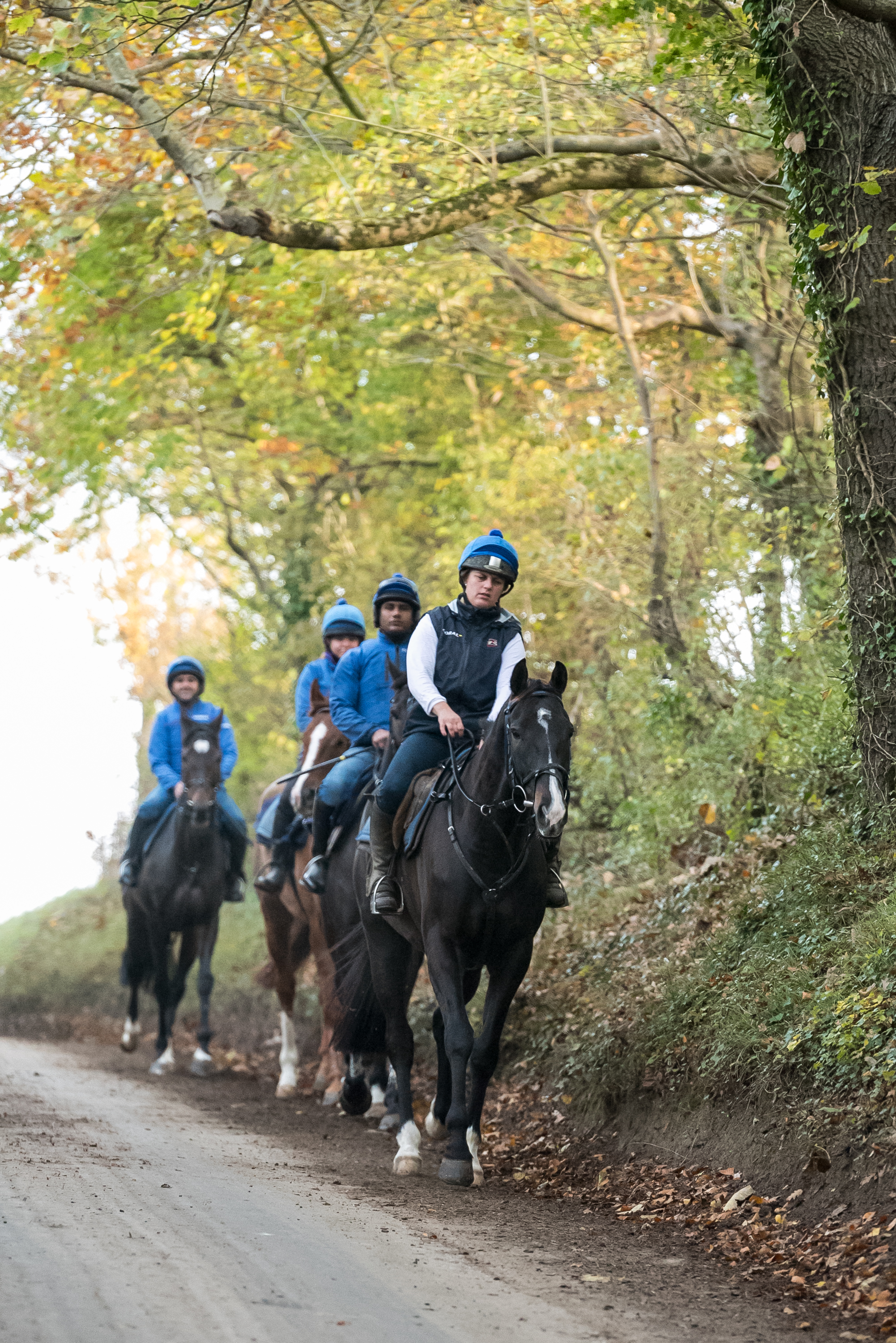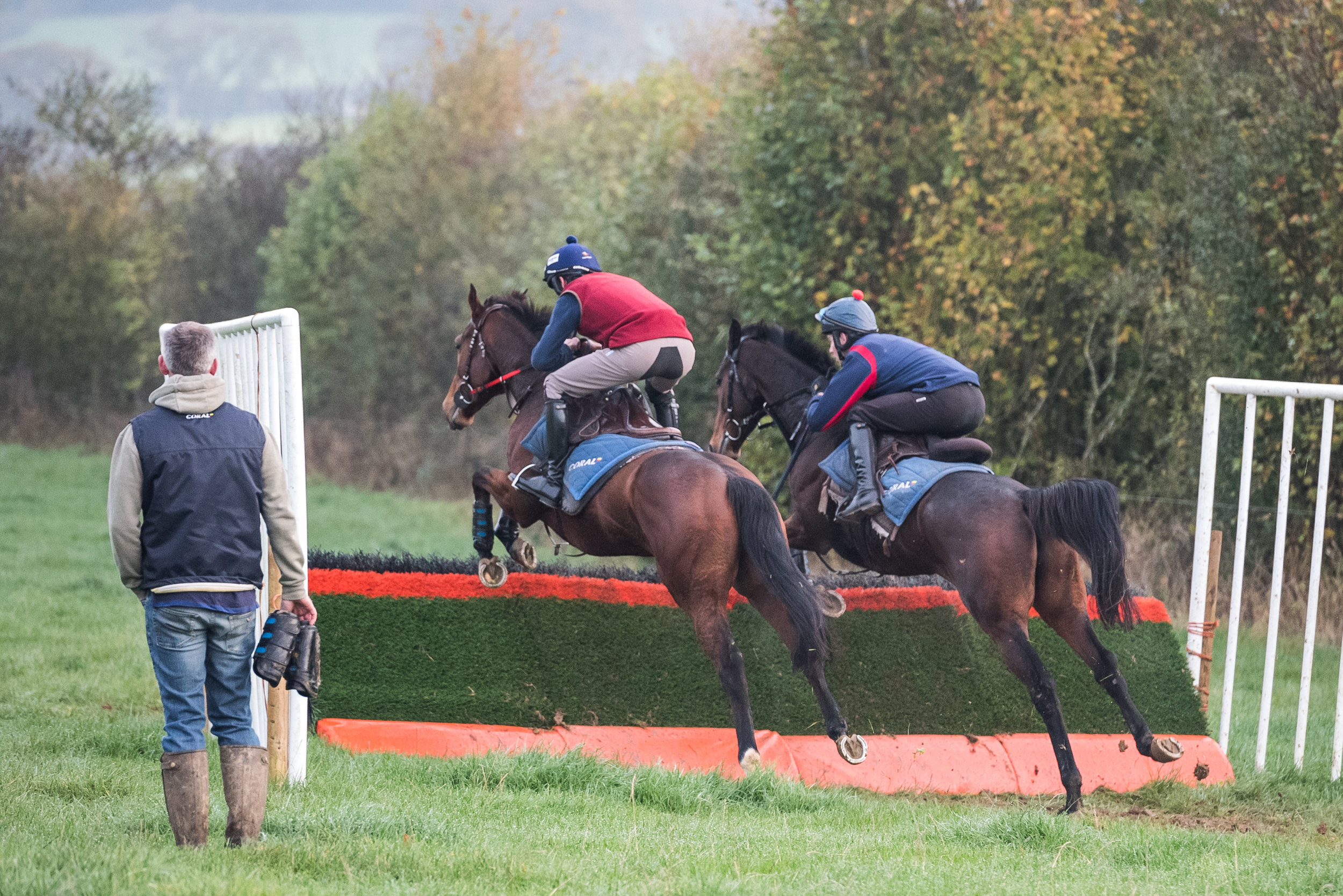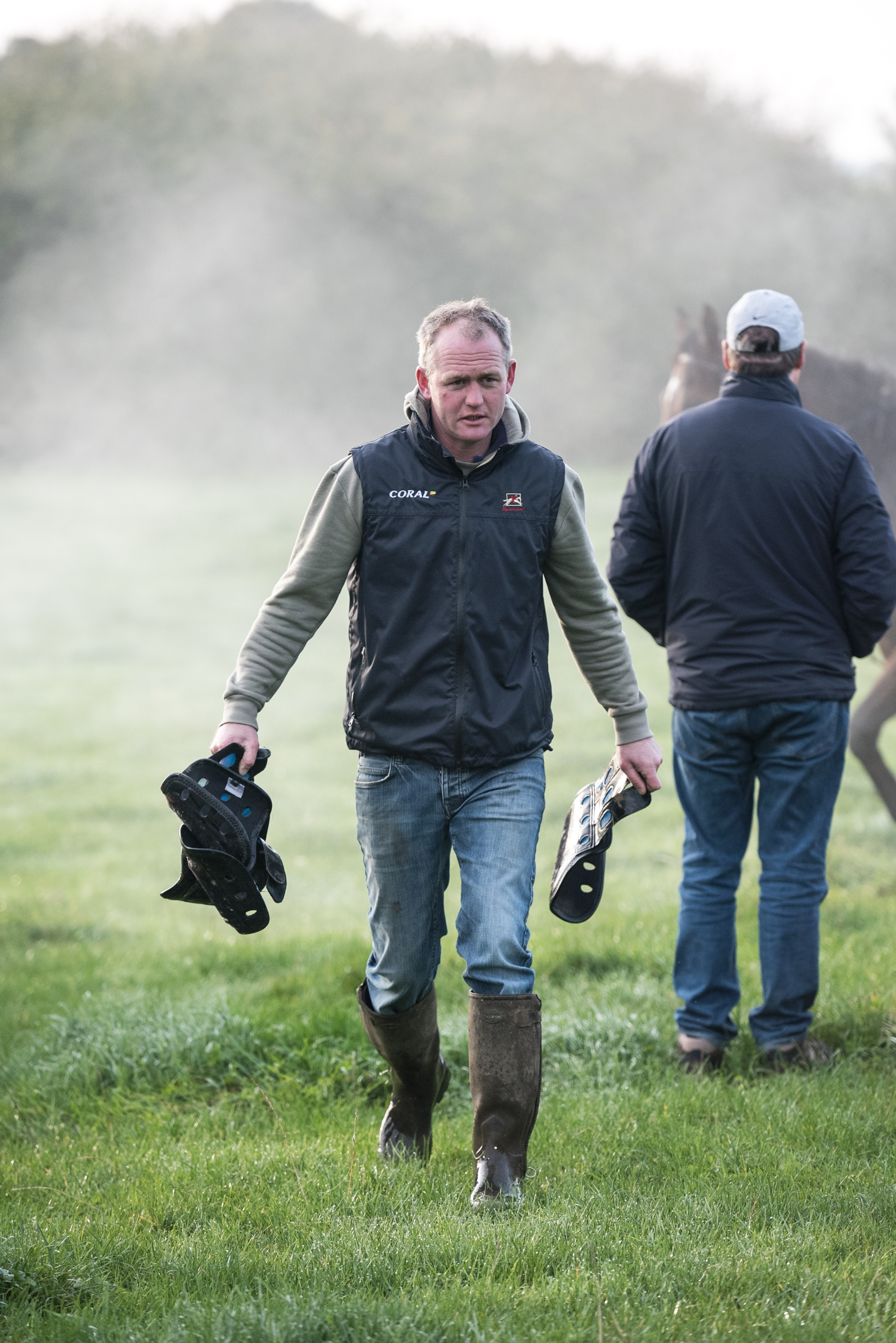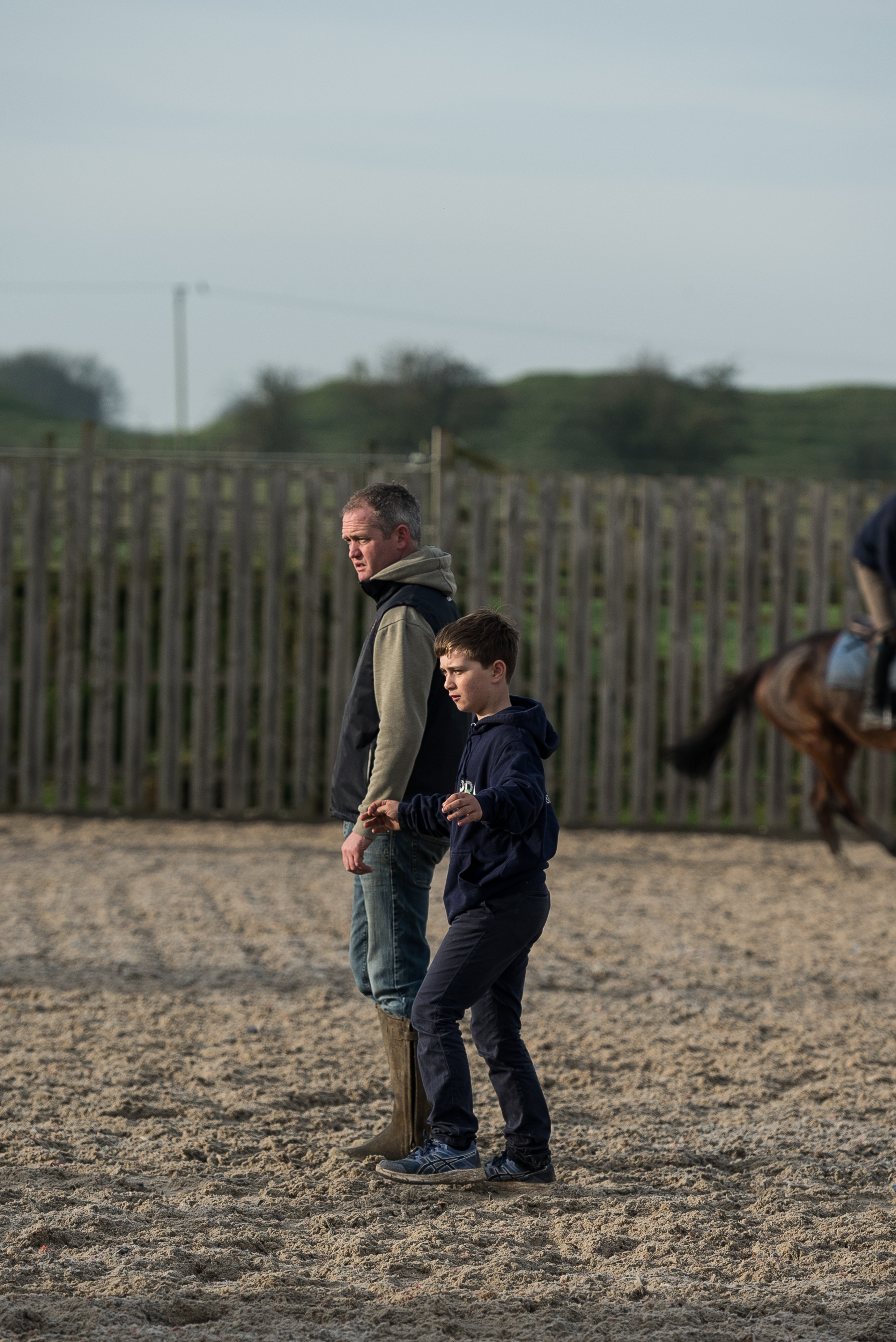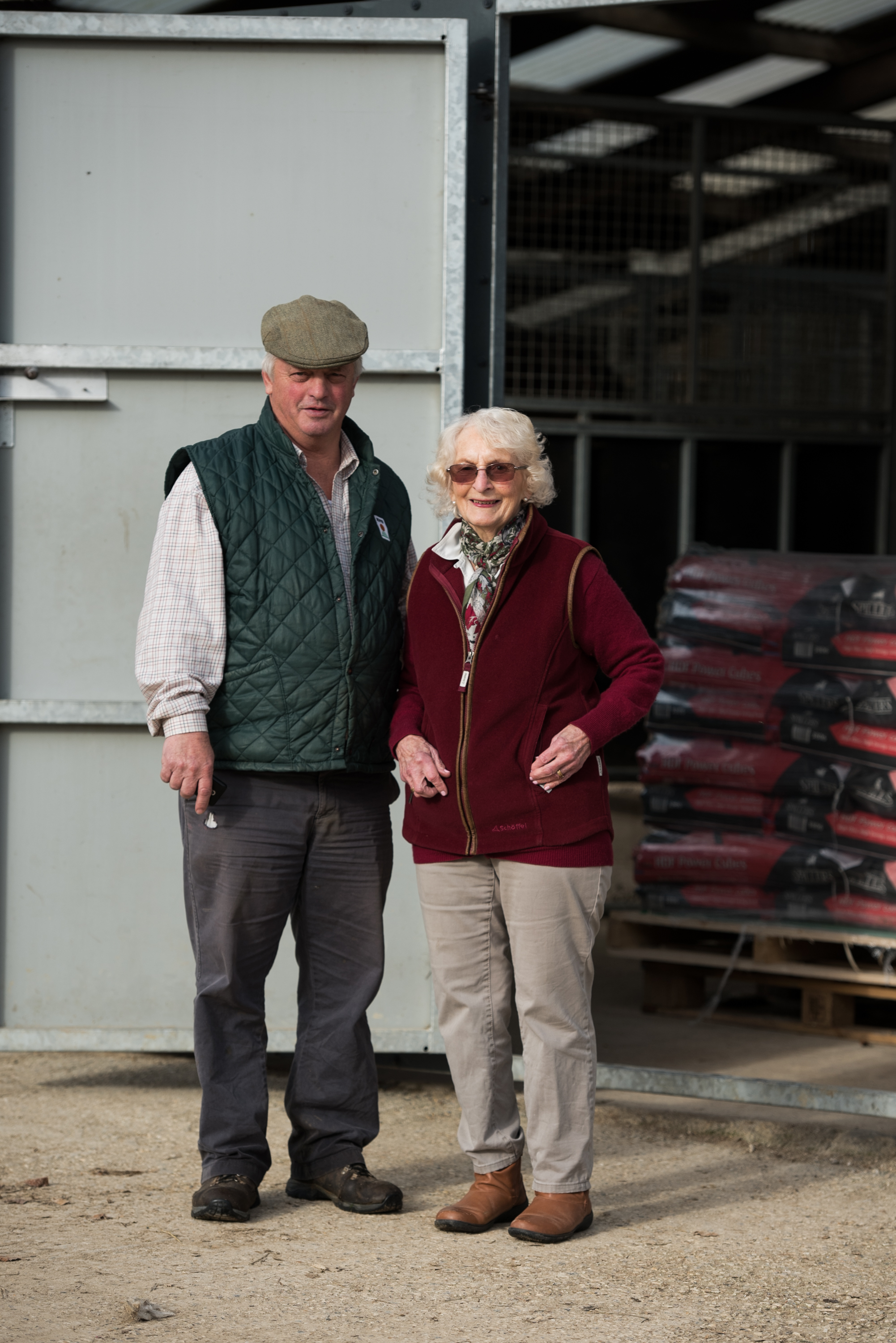Deauville's year round trainer - Stephane Wattel
/By John Gilmore
For the past 28 years Stephane Wattel has been doing a job he loves—training racehorses just a stone's throw away from Deauville racecourse and infield training area. There are 15 trainers installed in the vicinity, and Wattel is firmly established as one of the leaders. Last year his 76 horses won 44 races and €1,365,550 total prize money, plus an additional €600,000 in French premiums.
Wattel is still looking for his first Gp1 winner. Sacred Life (by Siyouni), his top two-year-old in 2017 was possibly denied this chance in the Criterium International at Saint Cloud 30 October, when a strike at Saint Cloud by racing staff after the first race caused the rest of the meeting to be abandoned. Last year on Arc day the Wattel-trained City Light (by Siyouni) was just beaten by One Master in the Prix de La Foret—the colt’s last race before going to stud at Haras D'Etreham. Sacred Path is now in training with Chad Brown in the states. Stephane Wattel only came into racing after his school days had ended. “I was brought up in Paris. I had no family background in racing, and my father was director of a press business,” says Wattel. “At 18 years old, after a year at University studying biology, I dropped out and decided to learn English, ending up on a stud farm in Kentucky. I had always wanted to do something in agriculture and my mother, knowing Tim Richardson, gave me the opportunity to work at Stavros Niarchos’ stud where Miesque was born. It was a wonderful experience.”
Wattel stayed less than two seasons at Spring Oak Farm working as a lad, before returning to a similar job at the Niarchos’ Haras de Fresnay-Le-Buffard Normandy Stud for a couple more seasons. But he discovered what he really wanted to do in racing after a season at Beach House Stud in Newmarket.
“This was the home of Ardross and Pharly, and I wanted to learn how a commercial breeder prepared yearling horses for the sales. For the first time I had the breathtaking opportunity of seeing horses training on the vast expanse of Newmarket Heath in the morning. It felt to me like the centre of racing, as I didn’t know anything about this side of the sport and had never even been to a race meeting before. On returning to France, after Newmarket, I wanted to learn more about the skills required to train horses."
Turning to the Richardson family once again, Wattel found a position with Nicolas Madamet, who trained horses for the Niarchos family in Deauville. Madamet was the first trainer from the mid-80s who realised it was possible to train horses in Deauville all the year round, rather than just during the annual monthly August racing period.
"Madamet received me for an interview where I lied to him, as I had never ridden a horse before. It wasn't easy at first, and I fell off about 30 times during the first week. Luckily, Madamet was at the sales in Newmarket, which gave me a few days to learn how to ride and the staff were a great help. When he came back, I didn't know whether he was short of staff or a kind man, as he should have sacked me. But instead he ended up passing on his lifetime experience of training racehorses, for which I will always be grateful. He added, “Jack Agoille travelling head lad at the time taught me how to saddle a horse. Yann Barberot was Madamet’s apprentice jockey and a couple of years later when I started out, he came to be my principal jockey, winning over 400 races; he is now my neighbour and a brilliant trainer. I have, fortunately, now an equally good stable jockey in Theo Bachelot.”
When Madamet left France to train in Oman in 1989, Wattel was on the move again. "Nicolas Madamet found me an assistant job with Alain de Royer Dupre in Chantilly, who he knew well. It gave me an insight into the classic world of racing with the Aga Khan's horses and final grounding to start out on my own as a trainer. It was impossible to contemplate training in Chantilly, as running costs were expensive and I didn't have any owners. So I began with just three horses in Deauville. At the end of my first year of training I had three winners. It wasn't easy at first and I took whatever horses I could get, but I knew the setup and had the good fortune of having a good team with many of Madamet’s former work riders and stable staff coming to me, which made things easier."
He added, "I always thought Deauville had a lot of potential and proved a nice challenging experience. Before there was no all-weather track in Deauville, and thanks to considerable investment by France Galop over the years, the training area inside the track has been modernised so that we now have three sand tracks—one for trotting and two for cantering …
Concerning the possible closure of Maisons Laffitte, Wattel considers France Galop has to make some tough decisions—with state-run PMU betting revenue falling for the past few years.
“Naturally, it will be a pity if Maisons Laffitte finally has to close, but France Galop needs to make some economies with falling revenue and give a sign to the French government to be seen making cost savings. The €140m spent refurbishing Longchamp should be viewed as a long-term project. If we hadn't modernised the racecourse to be used more efficiently for functions and concerts outside of racing, the future profitability of the track would have been in jeopardy.”
Finding ways to encourage more people to go racing is a big challenge facing France Galop in trying to attract a new younger generation. Their family racecourse marketing approach with activities for children at Sunday meetings, during the past couple of years has seen increased attendances, likewise the Thursday evening Spring/Summer meetings at ParisLongchamp with after race music for young office workers are proving popular.
Though Wattel considers it’s still a big hurdle to climb, as racing is not in the French culture compared to England; and the French prefer simpler forms of gambling.
“The difficulty racing faces is both competition from the lottery, which has recently been privatised and young people preferring sports betting, in particular football, with many having no interest in racing at all. “The first Tiercé (now called Quinté) handicap race started in 1954, saw up to seven million people betting on it every Sunday; it now operates daily. It's the reason why there is more prize money in French racing, but the lottery numbers game image of the Quinté today (Find the first 3,4 or 5) has destroyed racing in France as a sport.”
“He added, "There are now more girl jockeys, which is a good thing; and I am waiting for one to break through in the French Championship, or win a top Gp1 race. This would be a tremendous marketing tool for France Galop. They now have an allowance that’s encouraging more trainers in France to use female jockeys, and Alison Massin has won twice for me this season.”
Each season brings fresh challenges for racehorse trainer Stephane Wattel, and he is well aware of the importance in having a good backup stable team that he can rely on, to help obtain consistent results. Equally important is to maintain France’s attractive prize money system through finding new ways to increase betting revenue and attract greater public interest in racing as a sport. …
BUY THIS ISSUE IN PRINT OR DOWNLOAD —
WHY NOT SUBSCRIBE?




















